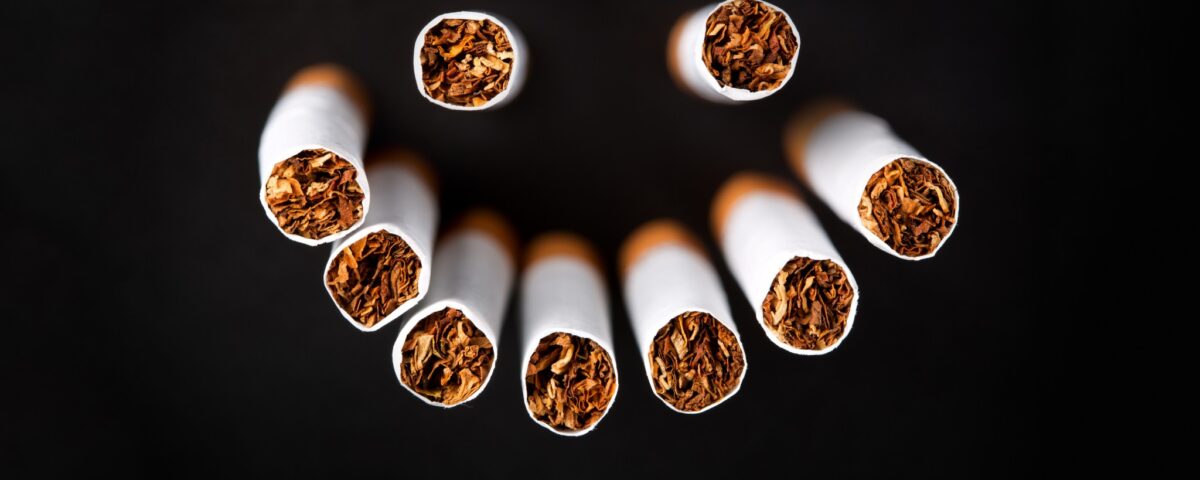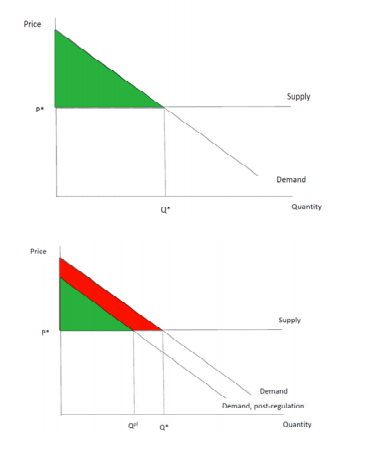
Why is the Milk at the Back of the Store?
August 7, 2014
Our Weekly Roundup: From Milk to Tobacco
August 9, 2014When I read in yesterday’s NY Times that the FDA has to decide whether its rules for regulating tobacco pass the “cost-benefit test,” it sounded like a wise procedure. Now though, I have some doubts.
This is the story:
In 1981, Ronald Reagan issued an executive order that mandated cost-benefit analysis of government regulation. No rule, he said, should remain on the books unless its potential benefits “exceed the potential costs to society.” Concerned, Democrats said that safety and health rules would be threatened. People also complained about “paralysis by analysis” because of the time and cost required to gather the facts.
During the past 3 decades, George H.W. and George W. Bush, Bill Clinton and Barack Obama have given their approval to cost-benefit analysis of government regulations. Still though, the approach remains controversial because some costs and benefits are tough to quantify. After all, can we really determine the cost of the hours we spend standing in airport security lines or the benefit of 1000 lives that are saved 20 years from now because of environmental regulation?
…Or the pleasure of smoking cigarettes?
In the current cost-benefit analysis of new federal tobacco regulation, the pleasure of smoking has been quantified as a benefit. The problem though, according to a group of economists, is that the FDA miscalculated. The reason? When quantifying benefit through a happiness quotient, the FDA insufficiently recognized that smokers are marginalized and “suffer the disutility of wanting but being unable to quit…” As a result, the happiness quotient they are using for cost-benefit analysis is higher than it should be. Unless it is reduced, federal regulatory attempts to get us to smoke less could be jeopardized.
Our bottom line: When costs or benefits defy quantification, can government regulators adequately identify the cost-benefit balance that a Presidential executive order mandates?
A Post Script:
I wanted to share how the concept of consumer surplus displays the benefits of smoking. Measured by the difference between consumers’ willingness to pay for cigarettes and the actual price they pay, consumer surplus conveys “the ‘pleasure’ that smokers receive from cigarettes.” Consequently, consumer surplus should be smaller in the following green triangle (below).
Specifically, the green consumer surplus triangle (below) is formed by identifying the segment of the demand line that is above the equilibrium price where demand and supply meet. The part of the demand line above equilibrium is composed of all consumers willing and able to pay a higher price than what the market determined. As a result, they are “happy” that the price is lower.
The second graph (below), shows the impact of tobacco regulation. By diminishing the number of smokers, cigarette package warning labels decrease demand and it shifts to the left. That shift results in a smaller green triangle, less happiness from smoking and less consumer surplus.
![econlifelogotrademarkedwebsitelogo[1]](/wp-content/uploads/2024/05/econlifelogotrademarkedwebsitelogo1.png#100878)




